When it comes to home insurance, a standard policy offers broad protection for your property, but there may be certain items in your home that require extra attention. These items, such as valuable jewelry, fine art, expensive electronics, and collectibles, often exceed the coverage limits of a basic homeowners policy. If you own items of higher value or special significance, it’s important to consider whether you need additional coverage to ensure that they are fully protected in the event of a loss.
In this article, we’ll explore why you might need additional coverage for specific items, what types of coverage are available, and how you can protect your valuables.
Why You Might Need Additional Coverage
While a typical home insurance policy covers personal property (furniture, clothing, electronics), it may not provide sufficient coverage for certain high-value or unique items. Here’s why:
1. Standard Coverage Limits
- Most homeowners insurance policies have limits on how much they will pay for specific categories of personal property. For example, jewelry might be limited to $1,000 to $2,000 in coverage, while the cost of a single piece of jewelry may far exceed that amount.
- Similarly, fine art, collectibles, or antiques may not be fully covered under a standard policy, or the coverage limits may be much lower than their actual value.
2. Specialized Risks
- Some items are particularly vulnerable to loss or damage, and the risks associated with them may not be fully covered by a standard policy. For instance, jewelry is often at risk of theft, fine art may be damaged by fire or environmental conditions, and electronics can be costly to repair or replace after a power surge.
- Standard policies typically don’t cover damage to items caused by certain events like floods, earthquakes, or accidental drops, which may necessitate additional protection.
3. Depreciation and Coverage Gaps
- Home insurance policies generally cover personal property based on actual cash value (ACV), which accounts for depreciation. This means that if an item is damaged, you may not receive the full replacement cost. For example, if you have a five-year-old laptop that is destroyed, the insurance payout might be far less than the cost to replace it with a new model.
- In some cases, the specific circumstances of the loss may not be covered at all, such as accidental damage, which could require you to purchase additional insurance.
Types of Additional Coverage You May Need
If you have high-value items or items that require specialized protection, you may need to consider riders, endorsements, or separate policies to ensure full coverage.
1. Scheduled Personal Property Coverage (Riders or Endorsements)
- Scheduled coverage allows you to add specific, high-value items to your policy. You “schedule” these items by listing them individually, along with their appraised value, and paying a higher premium to cover them.
- This type of coverage typically provides replacement cost protection, meaning you’ll receive enough to replace the item with a new one of similar quality, rather than receiving an amount based on depreciation.
- Common items that may require scheduled coverage include:
- Jewelry and Watches: Expensive rings, necklaces, bracelets, and watches.
- Fine Art and Antiques: Paintings, sculptures, and antique furniture.
- Collectibles: Coins, stamps, sports memorabilia, and other rare items.
- Musical Instruments: Guitars, pianos, and other valuable instruments.
- Furs: Expensive fur coats or garments.
2. Watercraft Insurance
- If you own a boat, yacht, or personal watercraft (such as a jet ski), your homeowners insurance may offer limited coverage for these items. However, boats and watercraft typically require specialized watercraft insurance to cover damage, theft, and liability specific to these assets.
- This coverage may include protection for the boat itself, onboard equipment, and even liability coverage for accidents or injuries that occur while using the watercraft.
3. Motorcycle, ATV, or RV Insurance
- Similar to watercraft, motorcycles, all-terrain vehicles (ATVs), and recreational vehicles (RVs) are generally not covered under a homeowners policy. These vehicles require specialized insurance to cover them against damage, theft, and liability.
- Motorcycle and RV insurance policies can also offer coverage for liability, medical expenses, and property damage caused while operating the vehicle.
4. Flood and Earthquake Insurance
- Standard homeowners insurance policies usually do not cover damage caused by floods or earthquakes. If you live in an area prone to these natural disasters, you may need to purchase separate coverage for each event.
- Flood insurance is available through the National Flood Insurance Program (NFIP) or private insurers, and it protects your home and belongings from water damage.
- Earthquake insurance is also available through most insurance providers and can help cover structural damage as well as damage to personal property caused by seismic activity.
5. Identity Theft Insurance
- With the rise of online fraud and identity theft, some insurers offer identity theft protection as an add-on to your homeowners policy. This coverage can help you recover financial losses caused by fraud and provide resources for dealing with identity theft.
- While not directly related to physical property, identity theft insurance can help protect you from the financial impact of losing personal information, such as credit card numbers or bank account details.
6. Valuable Papers Insurance
- If you have important documents such as legal papers, financial records, or heirlooms, you may need valuable papers insurance to protect against their loss or destruction. This is especially important for documents that are irreplaceable, such as birth certificates, deeds, or rare manuscripts.
How to Determine If You Need Additional Coverage
When considering whether you need additional coverage for specific items, ask yourself the following questions:
- What is the value of my item(s)? If you have items that are worth more than the coverage limits provided by your policy, additional insurance may be necessary.
- What risks are associated with my item(s)? Consider how likely your valuables are to be damaged, lost, or stolen. Items like jewelry and electronics are often at higher risk, and specialized coverage may be warranted.
- How will depreciation affect the value? If you have a lot of personal property that depreciates quickly (e.g., electronics or furniture), you may want to opt for replacement cost coverage or consider purchasing a rider for more valuable items.
- Do I live in a high-risk area? If you live in an area prone to floods, earthquakes, or other natural disasters, you may need additional policies or endorsements to ensure those risks are covered.
Conclusion
While a standard homeowners insurance policy offers broad protection, it may not provide sufficient coverage for your most valuable possessions. For high-value or specialized items like jewelry, art, collectibles, or electronics, additional coverage through riders, endorsements, or separate policies is often necessary to ensure they are fully protected.
It’s important to regularly review the contents of your home and assess the risks to your assets. If you find that you have valuable items that could exceed the limits of your standard policy, consider adding additional coverage to safeguard your belongings and give you peace of mind. By understanding your options and taking steps to protect your specific items, you can ensure that your home insurance policy provides comprehensive protection for all of your assets.
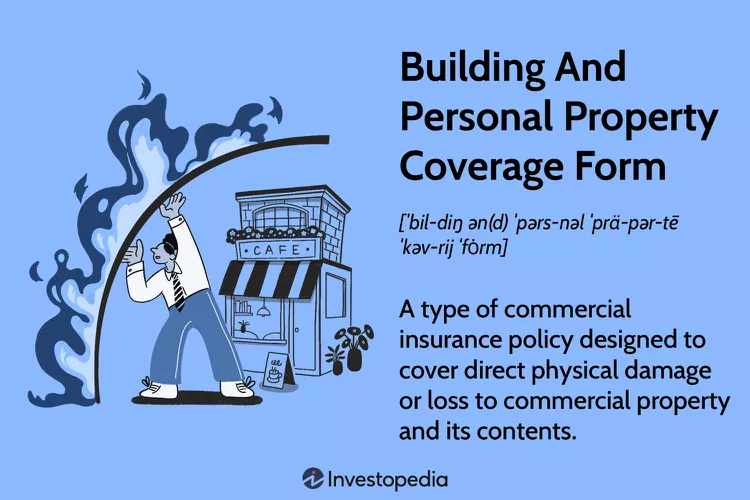
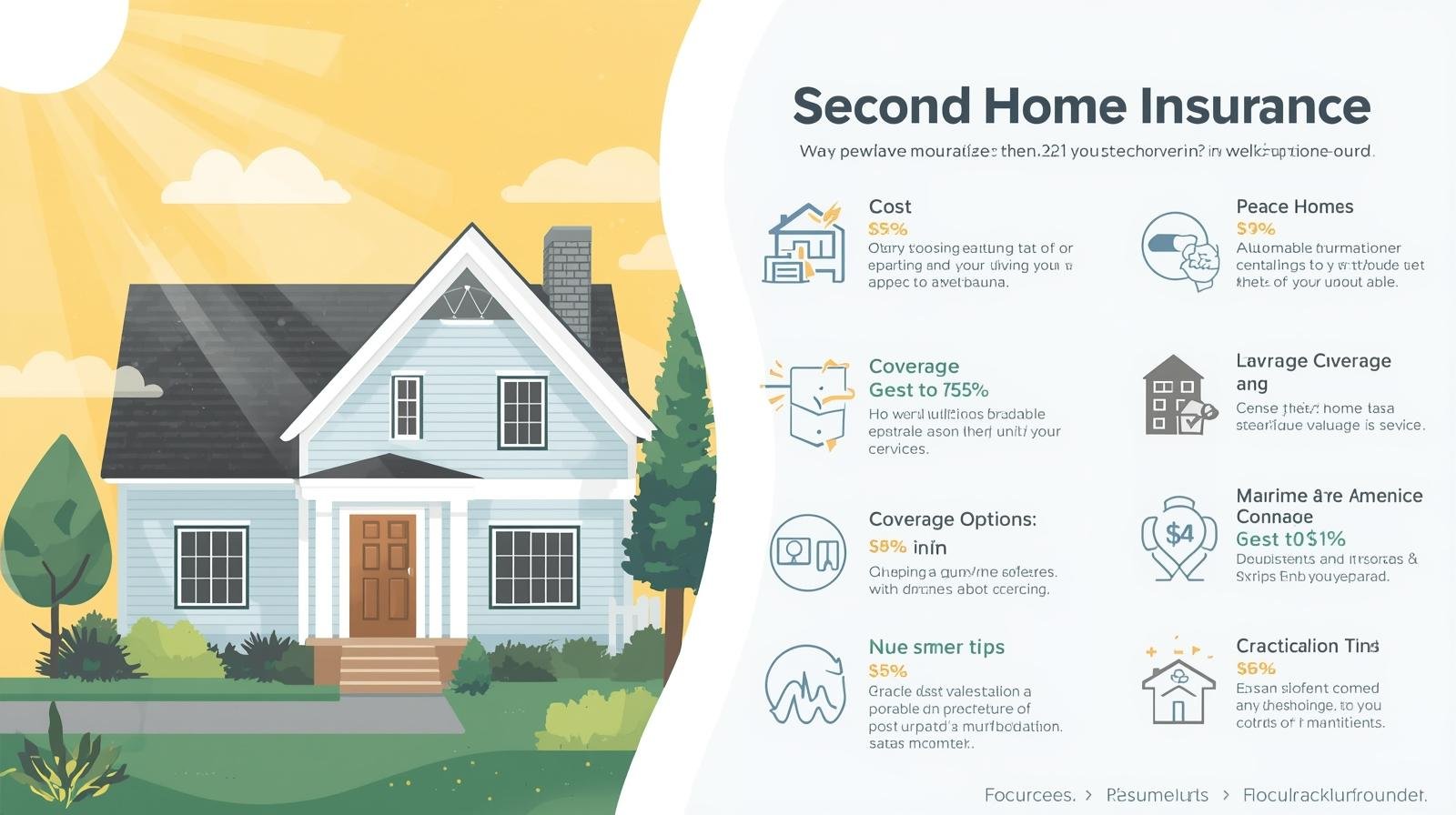
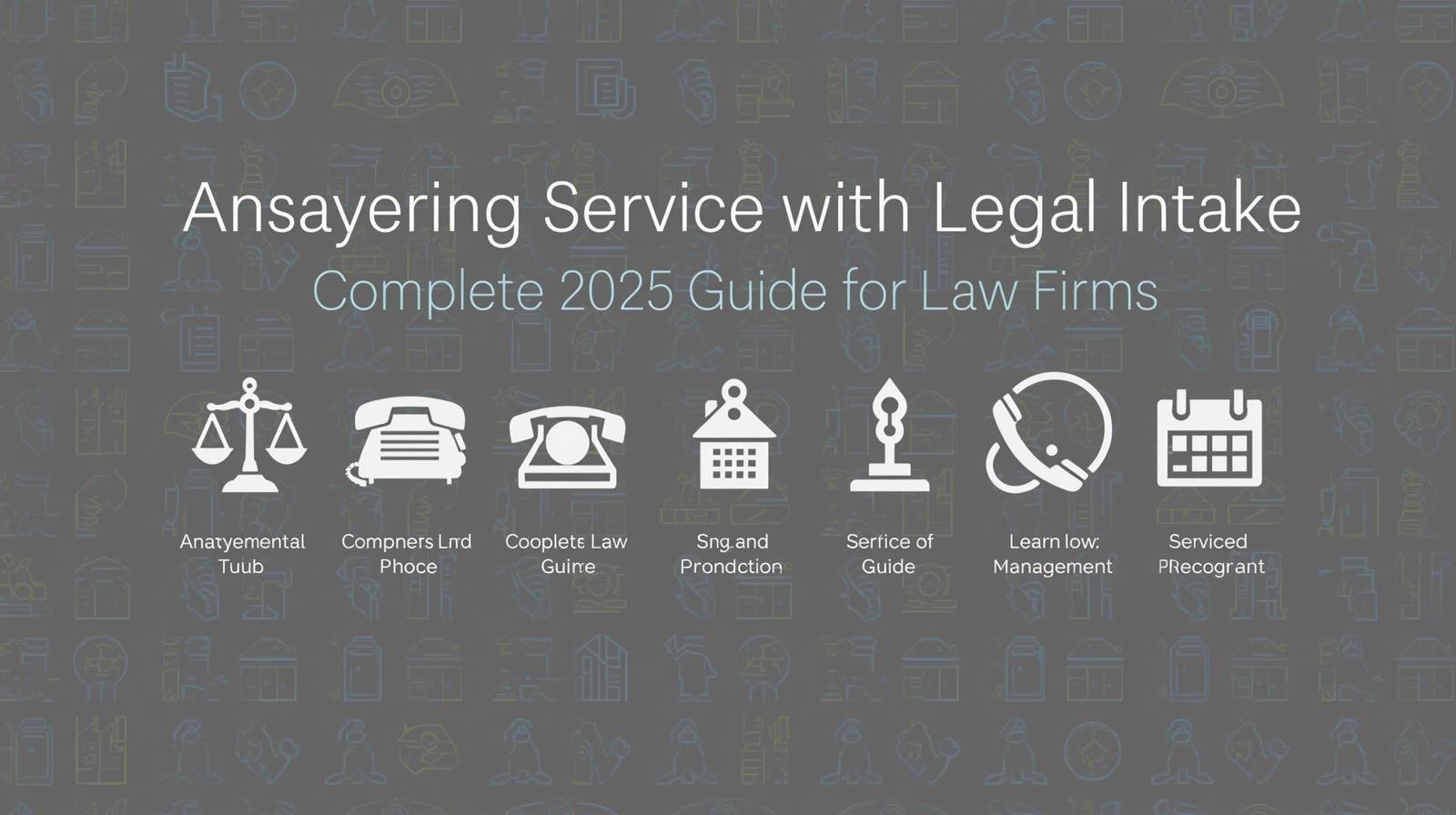

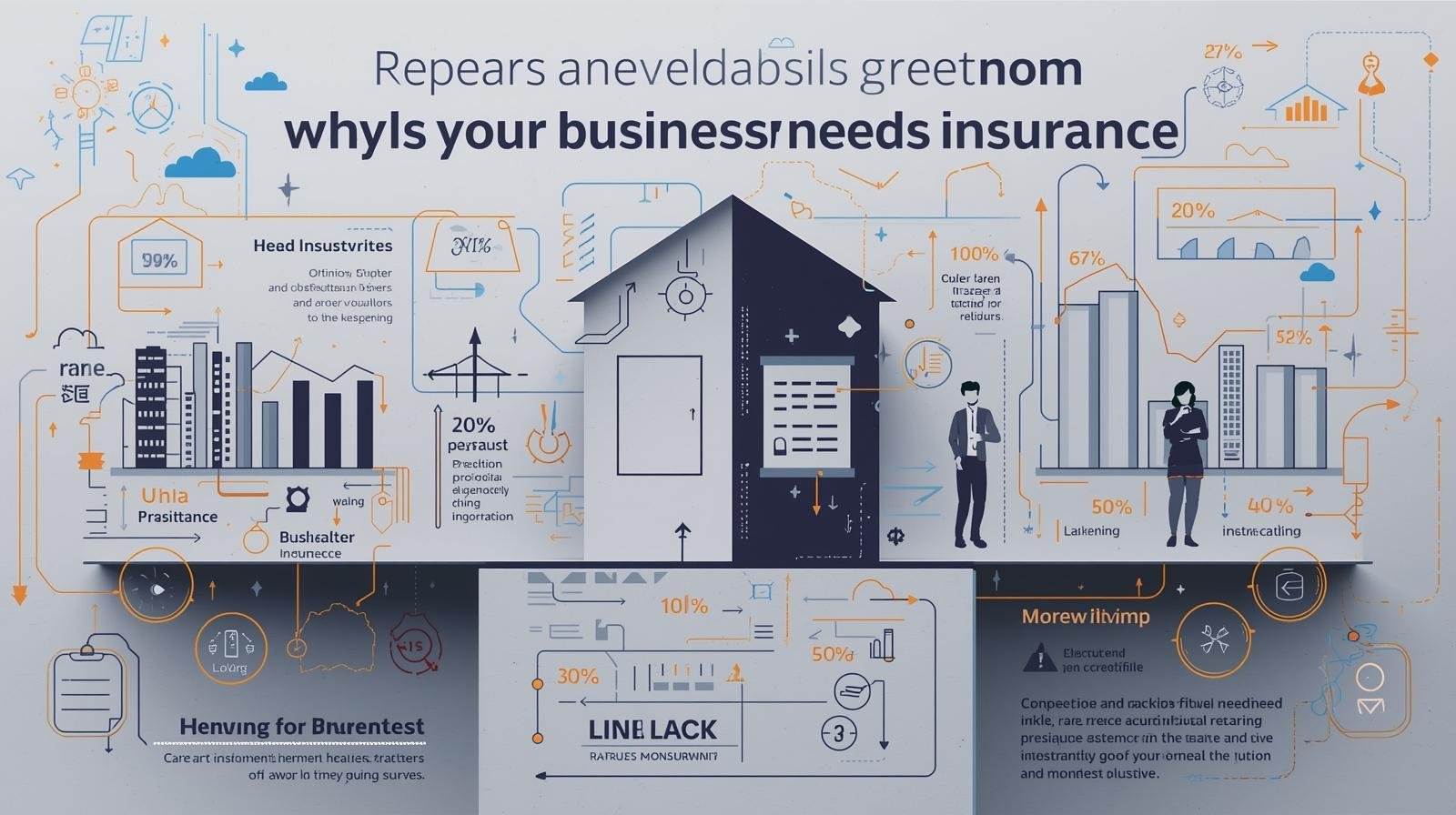
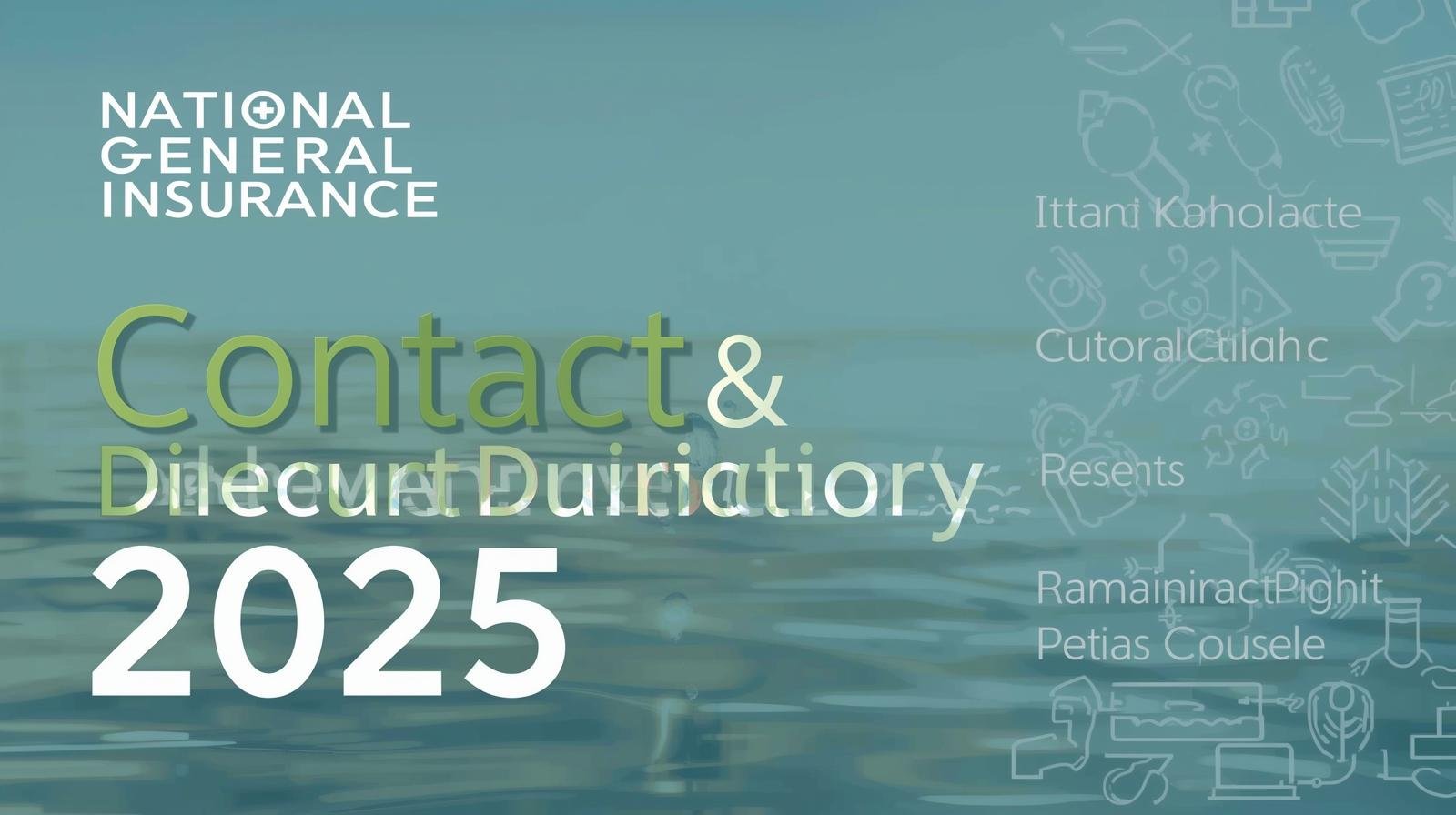

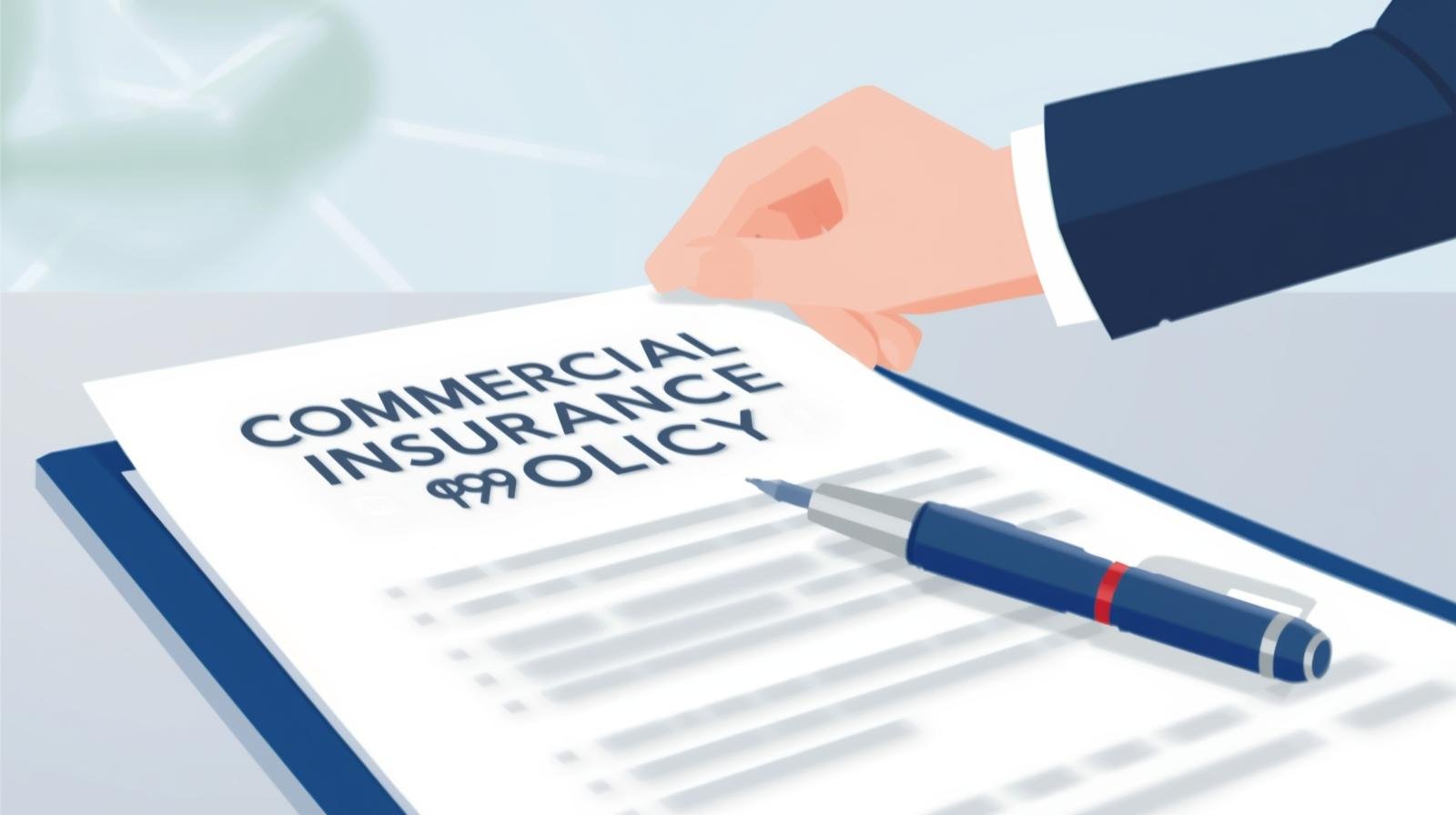

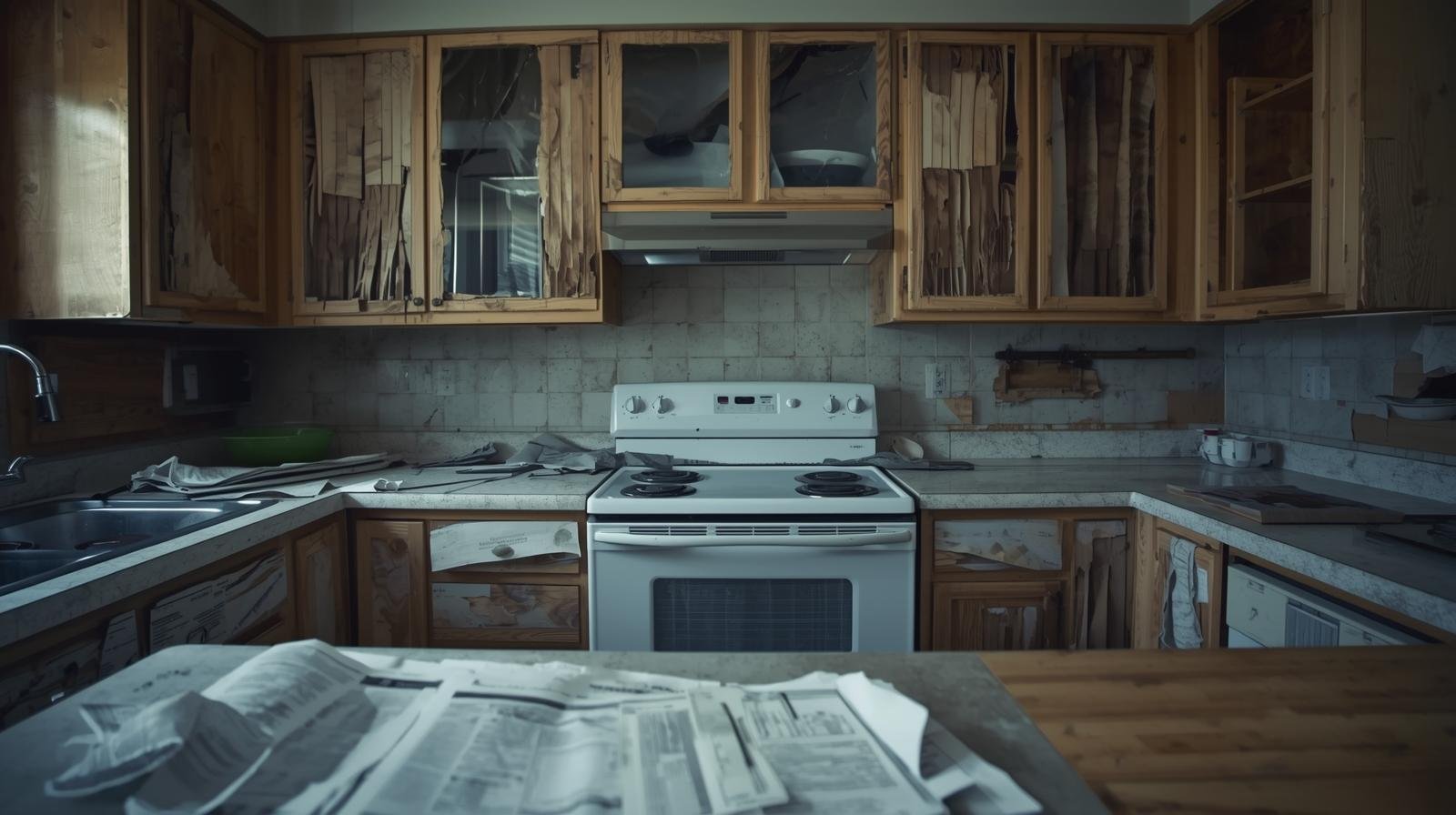
Leave a Reply